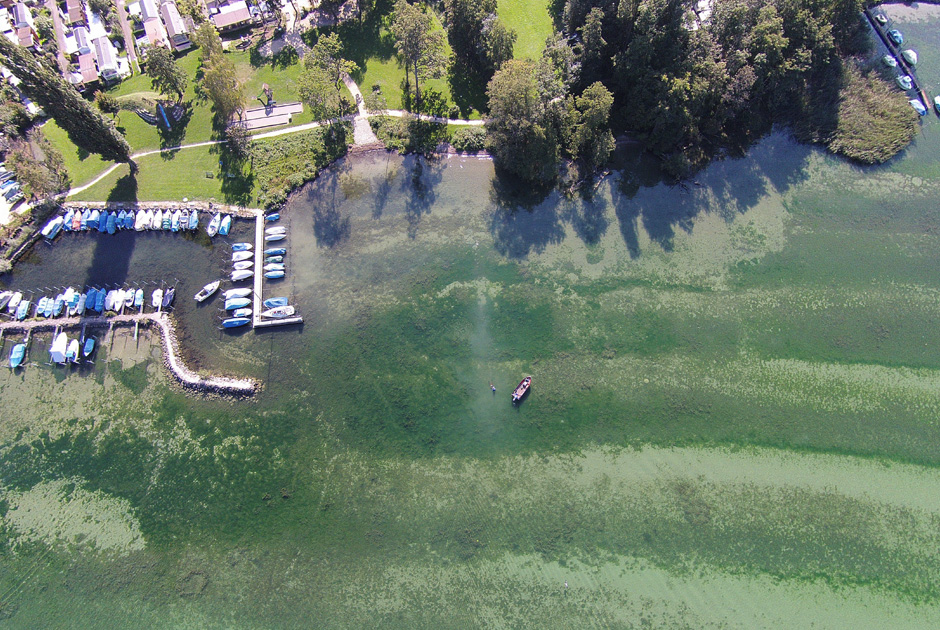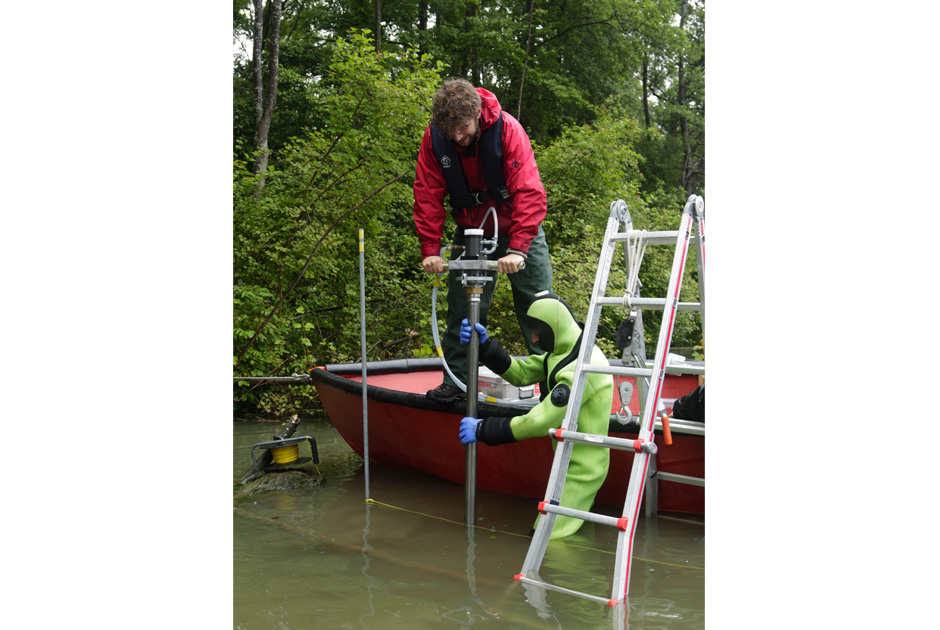
CH-BE-08
Vinelz | Strandboden
Short Description
The shore of Vinelz has been inhabited since the Neolithic. Especially toward the end of that period, between 3160 and 2620 BC, several villages were constructed in short sequence, with only slight offsets to the settlement area.Especially the pottery that was found at the sites, tells of an interesting development. The vessels of the older villages have straight walls, with often round bases, and are generally not ornamented. Beginning around 2750 BC, new shapes and decorations appear, such as the Corded Ware imprints that had already appeared at other sites in northern Switzerland. In the Land-of-Three-Lakes, these new elements were combined and integrated with their own traditional shapes, and thus generated a new style of pottery, known as the Auvernier-Cordé.
Neolithic
Late Neolithic; about 3900-3500 BC Late and Final Neolithic; about 3150 BC and 2850-2600 BC.
Lake Bielersee
428 m.a.s.l.
Size of the site 2,3 ha / approx. 3 soccer pitches
Size of the bufferzone 28,7 ha / approx. 40 soccer pitches
Special Features & Highlights
Well preserved soil archive

Current Activities
The waves caused by the north-easterly winds (bise) erode the layers of finds at the bottom of the lake. Therefore, the condition of the settlement remains is regularly checked by the ADB.
Recent publication in:
Peter J. Suter, Um 2700 v. Chr. Wandel und Kontinuität in den Ufersiedlungen am Bielersee. Ufersiedlungen am Bielersee 8. Bern 2017; 764 S.; CHF 82.–; ISBN 978-3-9524659-4-3.
Beim ADB zu beziehen: adb.sab@be.ch
Pile Dwellings up close
Site under the ground, not visible. A panel provides information on site.
A selection of finds is on display in the Bernisches Historisches Museum
Bernisches Historisches Museum BHM
Helvetiapl. 5,
3005 Bern
zur Webseite